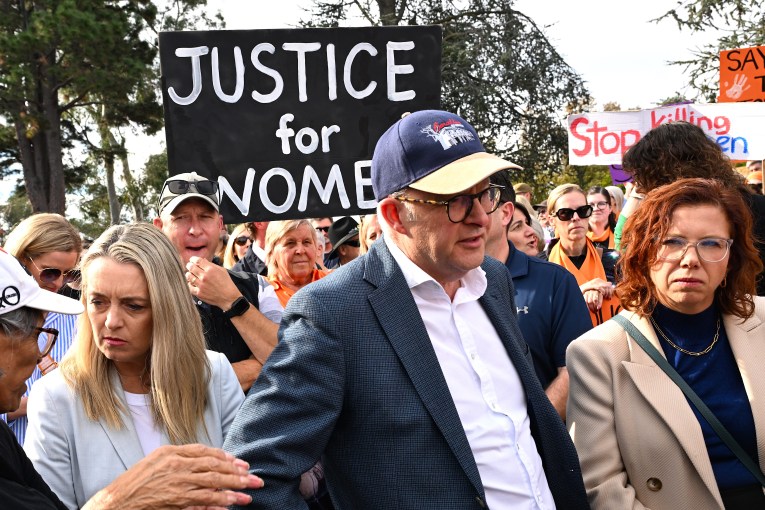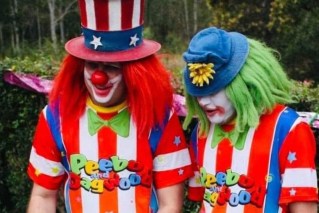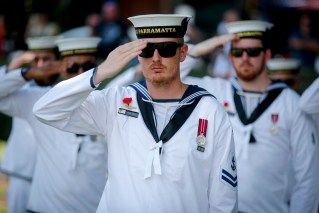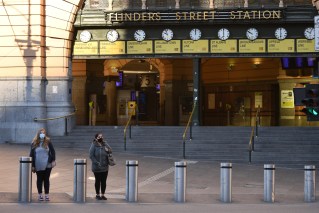Showing up to do what they do – oh, those bright shining stars of September
As we head into finals season, it’s worth remembering that not luck, not athleticism, but mindset makes the difference between champions and could-have-beens, writes Michael Blucher.

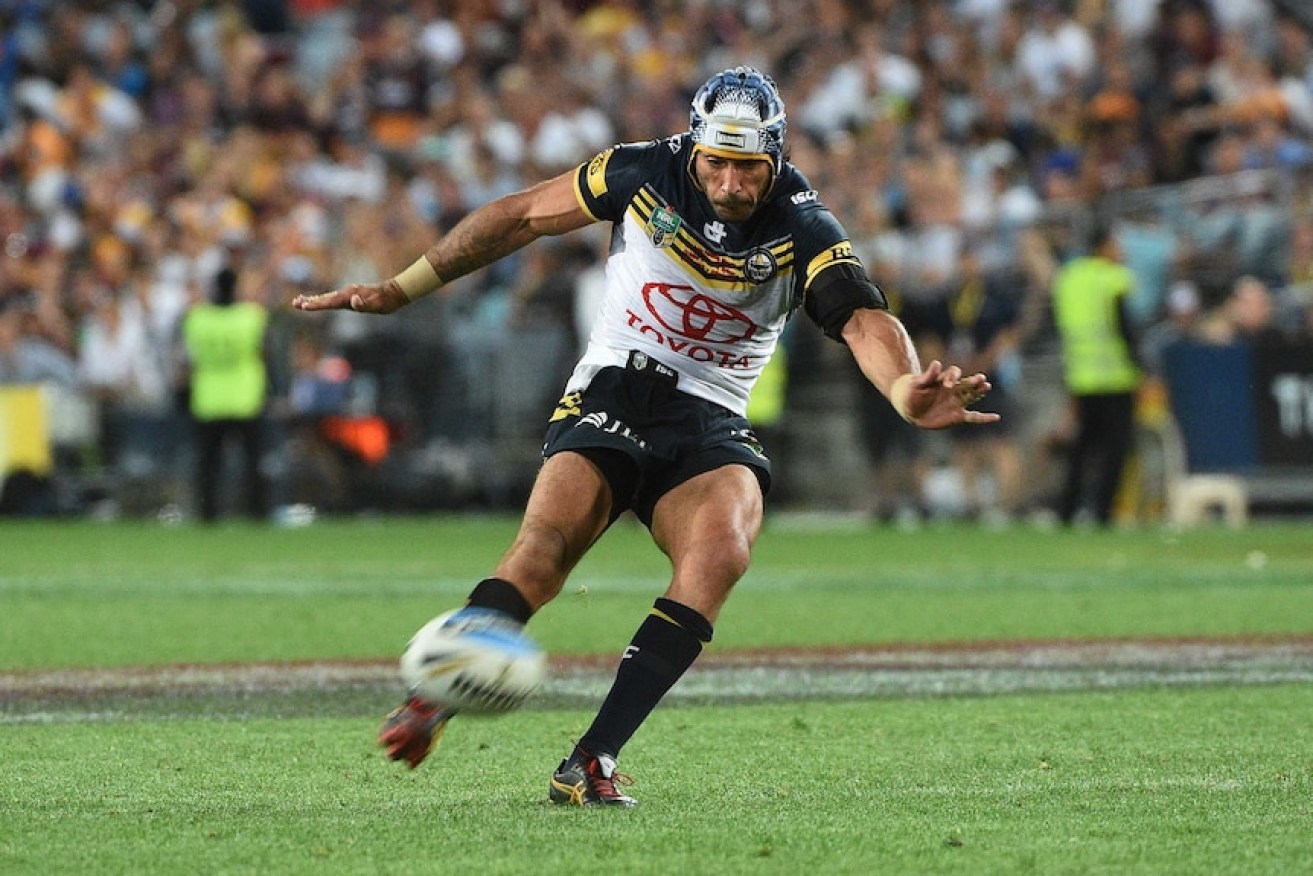
Johnathan Thurston made all the difference in the North Queensland Cowboys' 2015 grand final victory. (Image: ABC)
How much do we love September?
The sweaters disappear into the cupboard, and footy’s also rans – those who didn’t make the finals – disappear overseas, into the bars of Bali to drown their sorrows, perhaps do a little reflecting on what didn’t go so well and why. And how it’s going to be different next year.
For those still in contention, it’s crunch time, the stakes are higher, the pressure’s more intense, and the public glare sharper and harsher than it has been for 12 months. Since the finals series last year.
No grey, just black and white, winners and what-might-have-beens.
And at human level, that’s what’s makes the viewing so compelling – watching how athletes cope in the big pressure moments. There will be those who step up and become heroes, forever defined by one single match-winning deed, and inevitably, there will be the exact opposite, individuals who in the most critical moment, slip and fall, costing their team dearly, perhaps even the ultimate prize.
Rugby League fans – Broncos supporters in particular – would well remember halfback Ben Hunt spilling the ball on the goal-line at the start of “golden point”, a mistake that for all intents and purposes, cost his club the 2015 NRL grand final.
For far too long, the inexplicable fumble defined Hunt’s commendable career – until 2022 when he emerged the match winner of the deciding State of Origin match in Brisbane. A villain who at last become a hero.
Conversely, the same pivotal moment opened the door for Johnathan Thurston to pen his name in the record books – not that it wasn’t already. The Cowboys and Maroons superstar made a habit of shining brightly in the biggest moments, you may remember, even securing Townsville a new stadium by shaming the Federal Government into action during his brief Grand Final winning acceptance speech.
In recent times, AFL finals have produced their fare share of stars and stumblers, the pigeon holing as welcome for the victors as it is mortifying for those who’d fallen at the least appropriate time.
For every Leo Barry mark – the heroic deed which secured the 2005 flag for for the Sydney Swans, and Dom Sheed’s spectacular last minute goal to get the West Coast Eagles home in 2018, there are just as many miscued kicks from close range or poor decisions under pressure that have swayed matches, unequivocally in the wrong direction.
And now courtesy of social media, we are reminded of them constantly – the exceptionally good and embarrassingly bad. Very few moments in our life go unrecorded, unchecked. And when there’s the humiliation of a professional athlete on offer, you can guarantee the offering is seized and widely shared.
In team sports, the match defining moments typically rest on the shoulders of the goal-kickers. Rugby enthusiasts would well remember skipper John Eales’ penalty kick to win the Bledisloe Cup in Wellington, and Elton Flatley not once but twice slotting angled kicks to keep the Wallabies alive in the 2003 World Cup final in Sydney.
More recently in soccer (sorry – football), we were treated to the heroics of reserve goal keeper, Andrew Redmayne, intercepting a Peru penalty during the “death or glory” shoot-out, to send the Socceroos to the World Cup. He’d been on the field 10 seconds.
Big talents, displaying calm heads, executing perfectly when it matters most.
The broader question remains, what role does mindset play in athletes being able to produce their best when the whole sporting world’s eyes are watching?
Is it just doing what they know best, what they’ve trained for and practiced for over countless years? Or can we assume the true champions are made of different stuff?
Athletes in team sports at least have the luxury of “safety in numbers” – 20 something others wearing the same outfit, contributing to and responsible for the same single outcome.
Golfers, tennis players, surfers, jockeys, countess track and field athletes, they’re on their own, with nobody else to help them up onto the podium, or extinguish the flames when they set themselves on fire in the intense heat of battle.
Thursday night social tennis players can’t understand how Roger Federer routinely managed to save five match points before finally triumphing in the fifth set.
Weekend hackers marvel at how Cam Smith can hold his nerve on the back nine at St Andrews, getting up and down from all over Scotland to win the British Open by a single shot.
They know their knees buckle over the three footer which decides who buys the drinks after the round.
It can’t be coincidence, not when the same names are routinely appearing on the leaderboard or the podium, while others are in the locker-room, trying to cope with the out of body experience that caused them to capitulate in the run to “the winning post”.
No – it has nothing to do with luck, or to a lesser extent natural ability, it’s all about mindset. That’s what separates the champs from the chumps – the six inches between the left and the right ear.
Celebrated high performance coach Ben Crowe, the mastermind behind the likes of Ash Barty, Stephanie Gilmore, Dylan Alcott and goodness knows how many corporate high flyers, talks of “courage mantras” – what people say to themselves, and how they “show up” in potentially life defining moments.
For Cathy Freeman, limbering up in her green Nike speed suit, at the starting line of the 400m final at the Sydney Olympic Games, it was as simple as “do what you know”. That’s how she coped with the pressure.
Michelle Payne, the first female jockey to win the Melbourne Cup, literally looked up to the sky and said “let’s do this”, also reaching out to her sister and mother who’d both died in horse riding accidents – “Stay with me, stay with me,” Payne said, centring herself in the moment.
They are of course just words, until you believe them, and shut out everything else, especially any consideration of what might go wrong. That’s instant failure right there, as those Thursday night tennis players, and weekend golfers would be all too aware.
The second part, Crowe says, is the “unconditional acceptance of self”, particularly in those pure pressure moments. “This goal I’m chasing, this competition I’m striving to win, it’s what I do, it’s not who I am”.
Linking your sense of self worth to your profession, whether you’re a professional athlete or a corporate warrior, that just gets in the way – takes your mind to places totally counterproductive to what you are trying to achieve.
So there it is people – watch what you tell yourself . Too often, we are our own worse enemies.
As for stars of the show in September, perhaps think about cutting them some slack. They are, after all just human, and may well not have met Ben Crowe.
